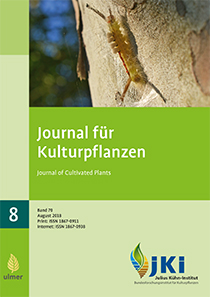Overview of the risk of drift in the application of biocidal products
Keywords:
Biocides, application technique, environmental exposure, driftAbstract
Biocidal products are used to protect humans and animals against pests, fungi, algae or bacteria in a wide range of applications. They can affect non-target organisms and the environment during the application. Knowledge of the mode of application and possible entry into adjacent environmental compartments through drift is necessary. Against this background, this study will provide a comprehensive overview of all those applications and associated application practices where biocidal products are applied by spraying, fogging, misting or similar applications. Here, all those applications with an expected direct discharge into adjacent environmental compartments by drift are identified. The results of the research show that the application areas and the associated application practices are very diverse. The application areas with an expected direct environmental exposure by drift is presented in a priority list. Examples of identified application areas are: control of the oak processionary moth, control of flying and crawling insects in buildings and their surroundings as well as the control of wasps. The application technology varies from aerosol spray cans, pump spray bottles, knapsack sprayers and high-pressure cleaners to the use of cannon spray and helicopters.
DOI: 10.1399/JfK.2018.08.01, https://doi.org/10.1399/JfK.2018.08.01








